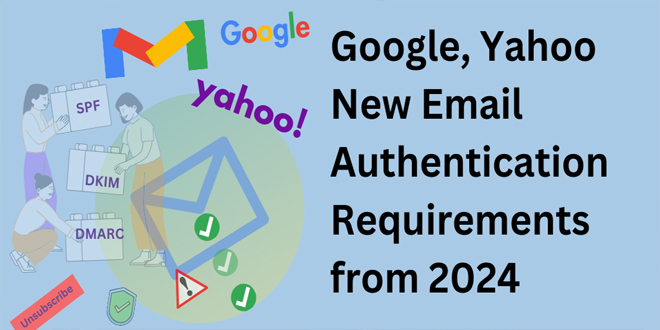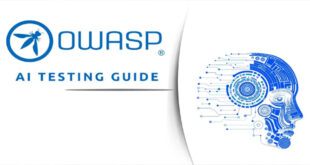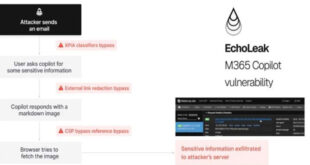If your organization sends a large number of emails to Google and Yahoo accounts, there’s an important date to remember: February 1st. On this day, it is important to be aware if you are sending more than 5000 emails daily to Google and Yahoo mailboxes.
So, What Is the Issue?
From now on, any email domain sending over 5000 emails a day must meet specific email authentication standards. If not, emails may be rejected. Google and Yahoo are asking for DMARC compliance to prevent scammers from sending malicious emails. It’s important for organizations to address email bounce backs and improve email authentication to protect employees, customers, and partners.
How Do You Become Compliant?
Email authentication helps detect fake email messages. Techniques like DKIM and SPF are examples of email authentication. Being DMARC compliant means publishing a DMARC policy for all your domains and ensuring that your sending sources are correctly authenticated and aligned. DMARC checks if the message matches the sending domain specified by SPF or DKIM. This is called alignment.
DMARC is a policy that shows if messages are verified with SPF and/or DKIM. It also informs the mail gateway how to handle messages that fail both methods, for example, by marking them as junk or rejecting them.
DMARC helps receivers handle failed messages and reduces the risk of users receiving fraudulent and harmful messages. It allows email receivers to report back to senders about messages that pass or fail DMARC evaluation, helping them identify unauthorized usage of their domains.
Work with your IT team and third-party senders to authenticate your email using SPF and DKIM. Make sure to have a DMARC record with a policy of “none”. Follow additional steps recommended by Google and Yahoo, such as having valid forward and reverse DNS for your sending servers, securing connections with TLS 1.2 or later, maintaining low complaint rates, and ensuring that your marketing platform supports easy unsubscribe options.
Email authentication and DMARC compliance may seem complicated, but with tools like Red Sift’s domain protection service, the process becomes simpler. Red Sift OnDMARC also offers AI capabilities to speed up achieving DMARC compliance compared to other platforms.
When working on this project, it is crucial to be careful. For instance, if you fail to configure authorized email senders, their emails may be accidentally blocked. To avoid such problems, it is important to follow a well-thought-out project plan and use a reliable platform.
What Are the Benefits of These Changes?
Google and Yahoo’s new requirements will encourage more organizations to become DMARC compliant, which will reduce spam and prevent domain impersonation attacks. Microsoft is also recommending that its customers follow the guidance of Google and Yahoo.
 InfoSecBulletin Cybersecurity for mankind
InfoSecBulletin Cybersecurity for mankind














